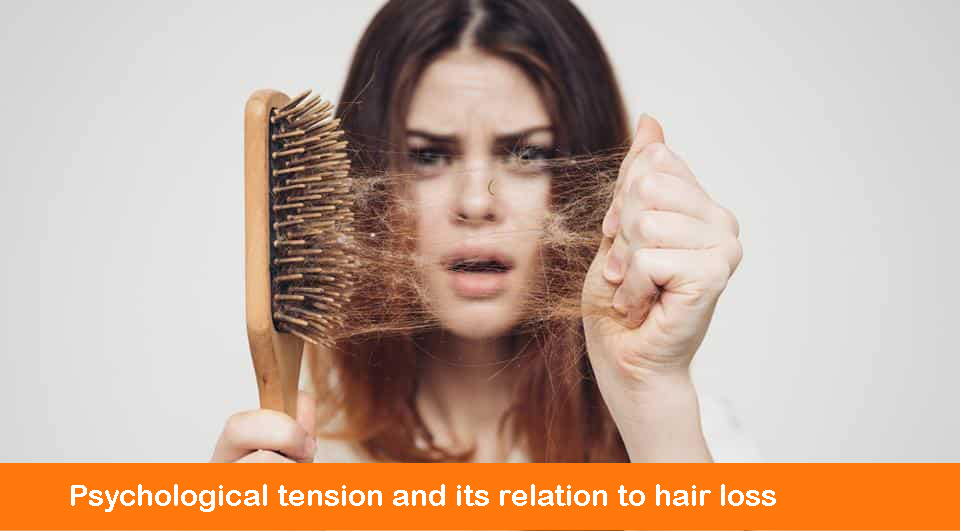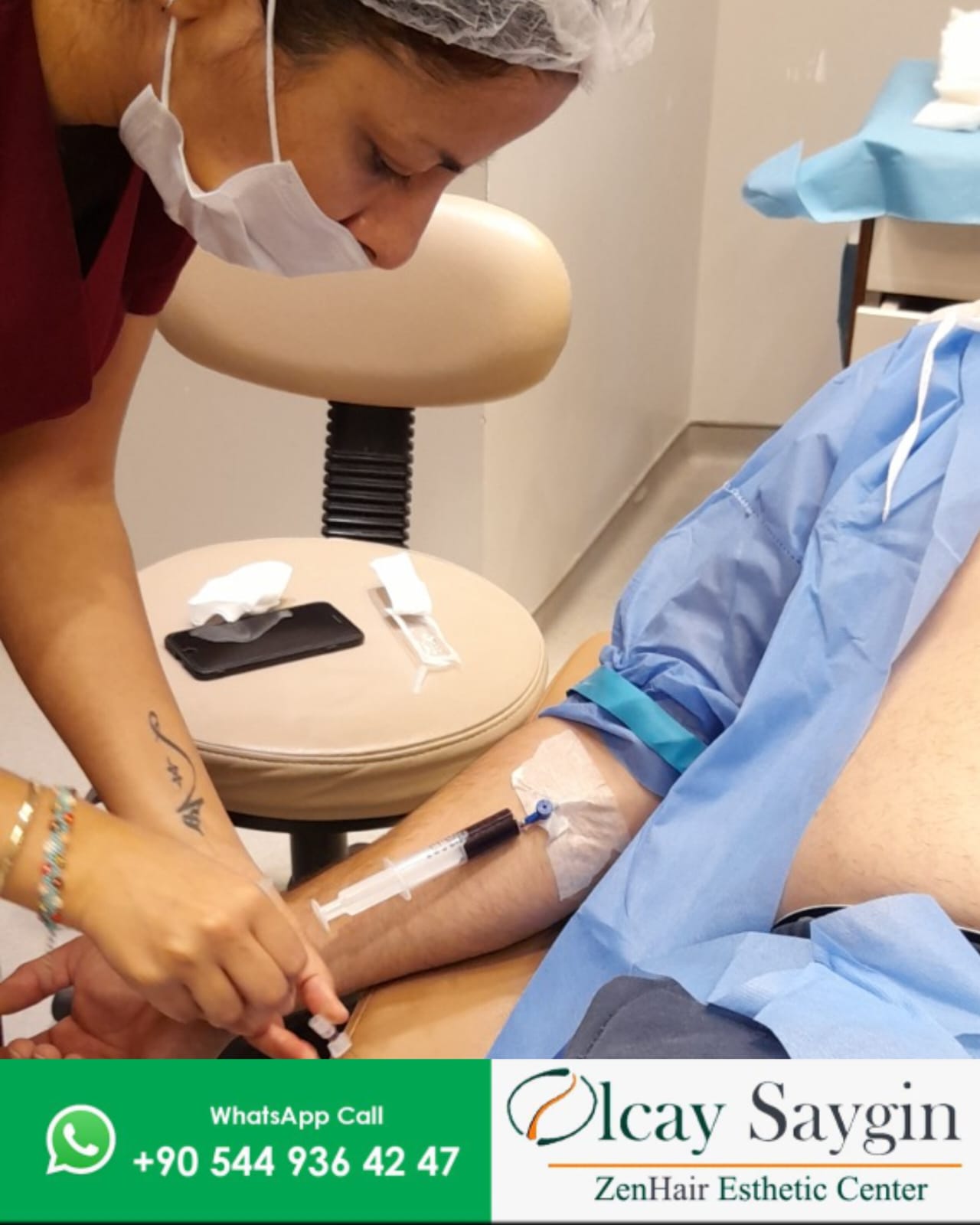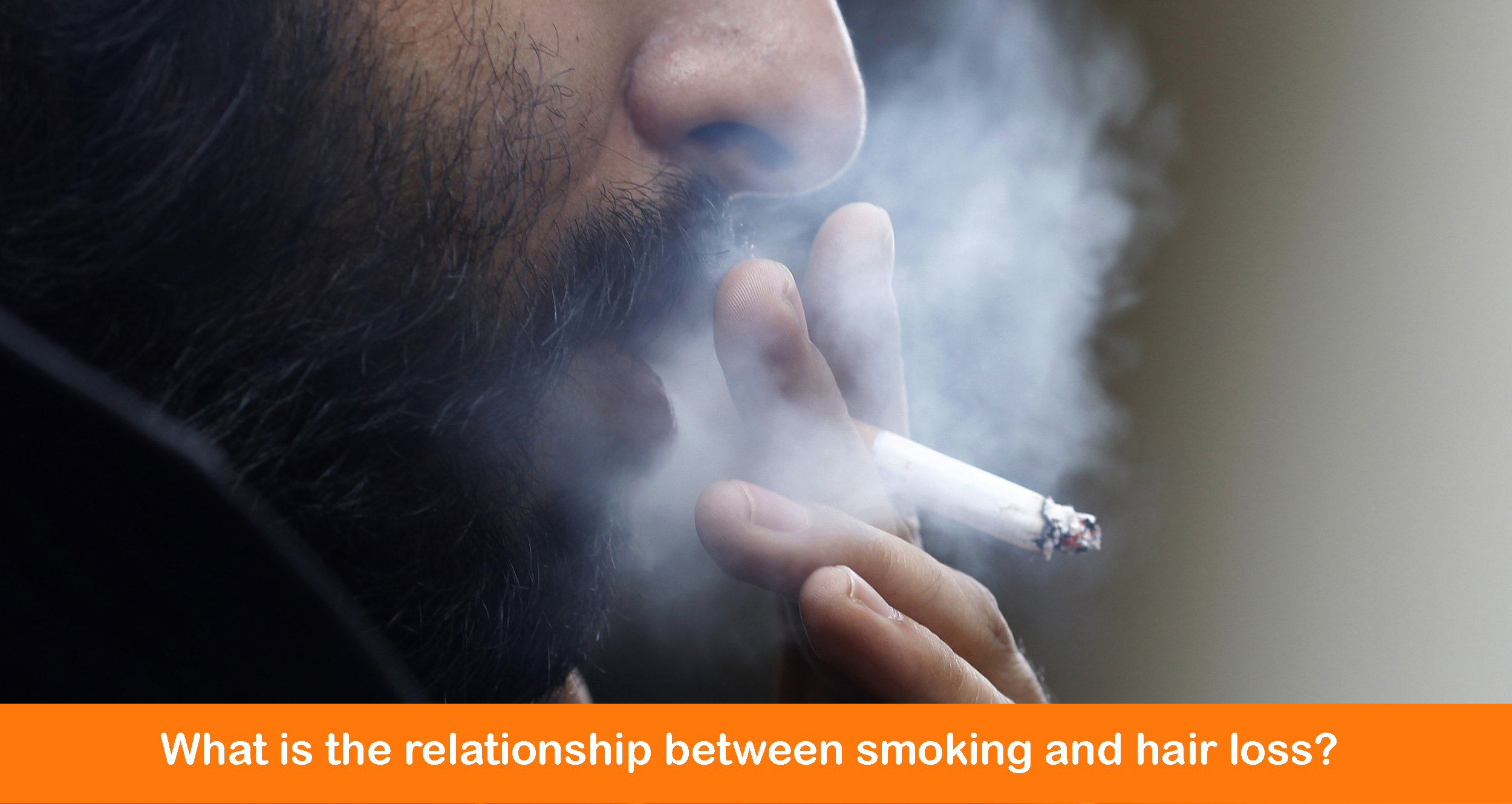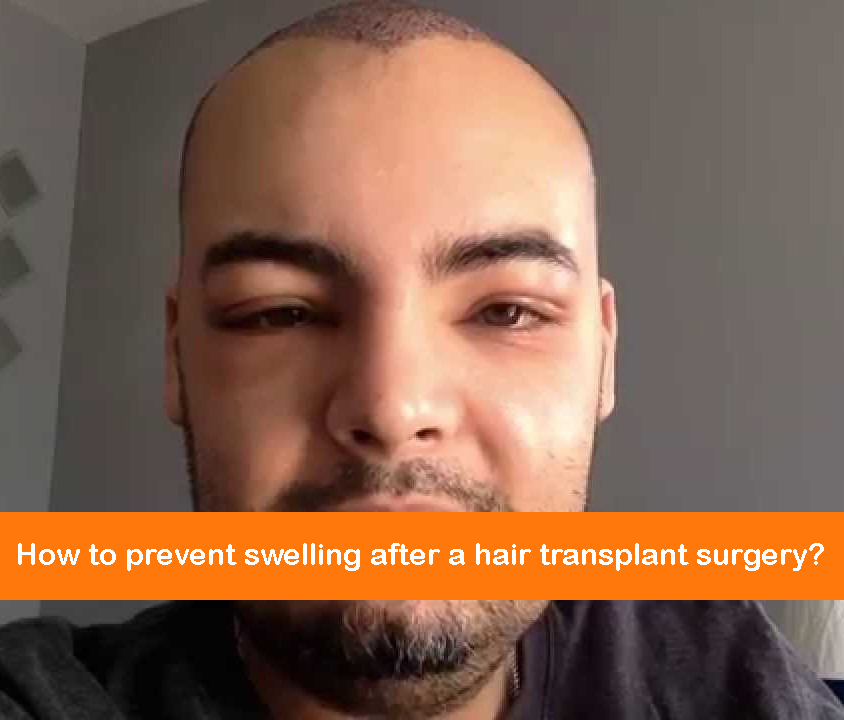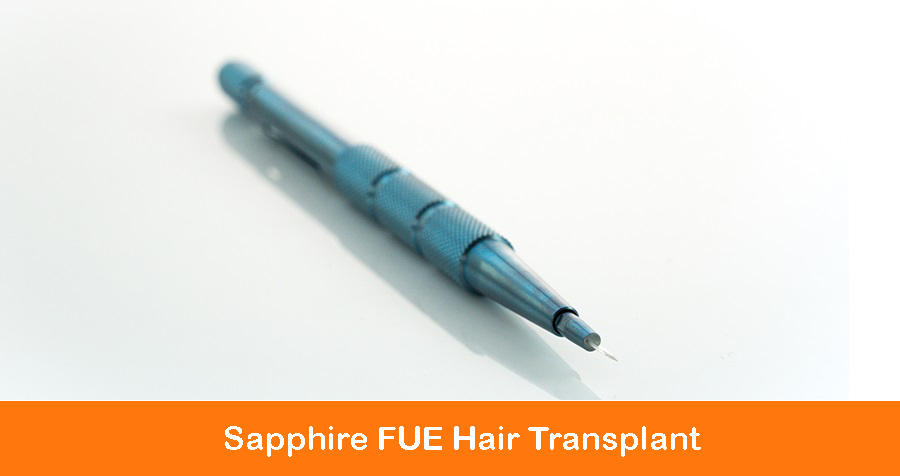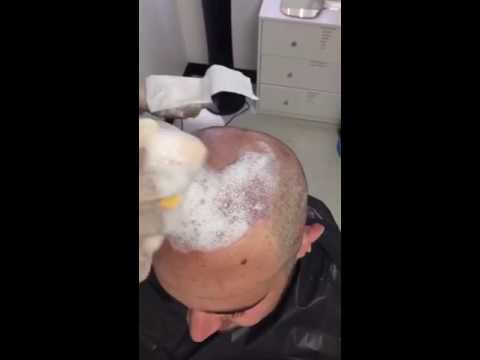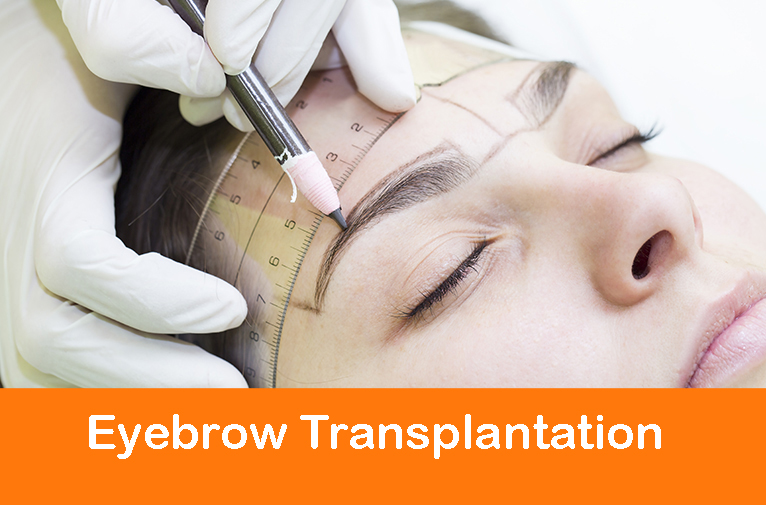What is “Necrosis” and why does it occur after the hair transplant surgery?
The Hair transplant surgery is a sensitive procedure and must be done by a surgeon and specialist doctor who has vast experience in this field otherwise it can go the wrong way and there are hardly any second chances to fix that. One of the most terrible side effects of hair transplant is “Necrosis”, but what does that mean? Necrosis is caused by death of the skin tissues and cells under the scalp, it usually occurs after the hair restoration surgery. Necrosis causes a scar and leaves the area without hair so we consider it one of the most dangerous side effects of hair transplant.
What are the main reasons that causes necrosis after the hair restoration?
1- Over-implanting: surgeons sometimes exceed the appropriate amount of grafts when they want to achieve the best result at one time and implant a higher number of hair follicle grafts in a small area to achieve a high density of hair. But the opposite is actually what happens. Packing a lot of hair roots in a small area disrupts the blood circulation and decreases the oxygen rate needed to feed the hair grafts.
2 – When extracting the grafts, the surgeon has to do it in a correct manner and expertise so as not to get the grafts broken in the process. Also, when opening the hair channels, the surgeon can sometimes get careless and some blood vessels can be damaged. This leads to something called internal bleeding and can cause necrosis as well.
3 – Infection: If an infection occurs over the course of a hair transplant surgery, it can quickly be treated with antibiotics. If left untreated however, an infection can reach deep into the recipient scalp, become necrotic, and spread to a larger area.
4- Planting too many follicles in one session: Some doctors/surgeons implant too much hair follicles in one session to have the best result, but we can say that during one session the best number of grafts that should be implanted for the Fue technique should be in-between 4000-4500 hair grafts while for the Dhi technique a maximum of 3500. If more number of grafts is required, then the surgery should be conducted in two sessions and two days.
5- Smoking: doctors should advise their patients to quit smoking for at least two months after the hair transplant procedure to be on a safer side.
What does necrosis look like?
You will notice red patches in the recipient area after surgery and that is normal, it should get less in a few weeks time. However, if infection occurs there, you will notice patches surrounded by a dark brown or yellow colour, This means that the area has probably been infected with microbes and the planted follicles won’t grow on the infected area unless handled appropriately.
How we can prevent Necrosis?
Choosing a highly experienced doctor for the procedure who is either a surgeon or plastic surgery specialist who has experience in the hair transplant field.
The quality of the work determines how much the process can yield a successful result and prevent any dangerous side effects or risks that could occur after the surgery.
Also, the clinic and the equipment should be thoroughly sterilised and clean to prevent any contamination of microbes or bacteria onto the patient’s head thereby causing an infection.
Conclusion
The idea is never to count on the number of planted follicles to have successful and best results. The doctor performing the procedure should be knowledgeable enough and fully aware of what he is doing during the procedure and should pay attention to minute details concerning the number of follicles to be planted and for them to be planted in the correct manner as well. Doctors should never operate in an in-conducive environment that might lead to bad health conditions in order to avoid one of the most dangerous side effects of the hair transplant surgery.
Contact our medical team on these numbers by Viber or Whatsapp:
00905449364247 – 00905332124442


